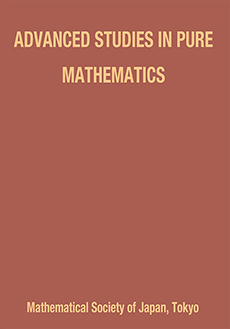Abstract
In this survey lecture it is intended to sketch some parts [chosen according to the author's interests] of the [early] history of Probabilistic Number Theory, beginning with Paul Turáns proof (1934) of the Hardy—Ramanujan result on the “normal order” of the additive function $\omega (n)$, the Erdős–Wintner Theorem, and the Erdős–Kac Theorem. Next, mean–value theorems for arithmetical functions, and the Kubilius model and its application to limit laws for additive functions will be described in short.
Subsuming applications of the theory of almost–periodic functions under the concept of "Probabilistic Number Theory", the problem of "uniformly–almost–even functions with prescribed values" will be sketched, and the Knopfmacher – Schwarz – Spilker theory of integration of arithmetical functions will be sketched. Next, K.–H. Indlekofers elegant theory of integration of functions $\mathbb{N} \to \mathbb{C}$ of will be described.
Finally, it is tried to scratch the surface of the topic "universality", where important contributions came from the university of Vilnius.
Information
Digital Object Identifier: 10.2969/aspm/04910367


